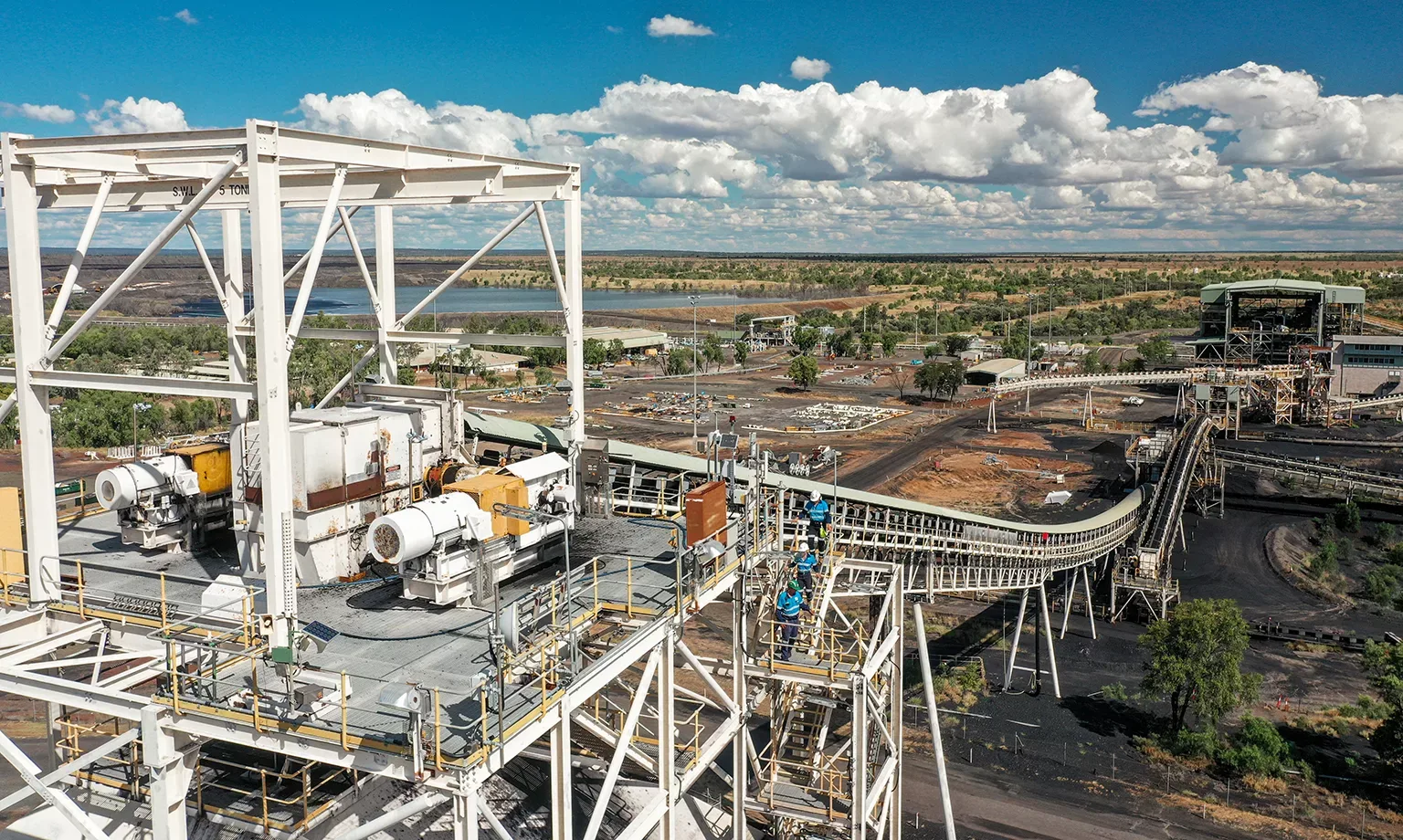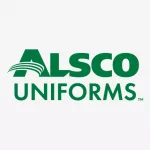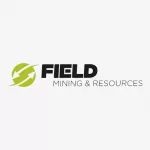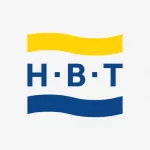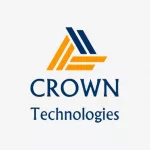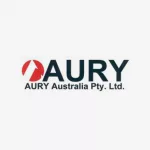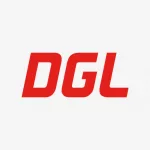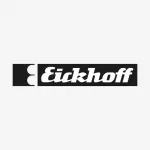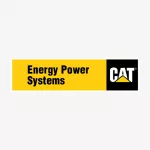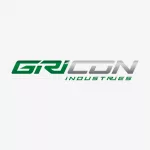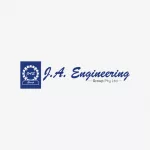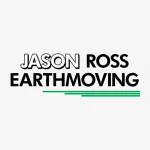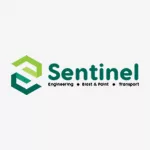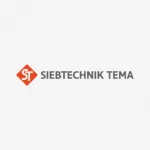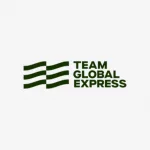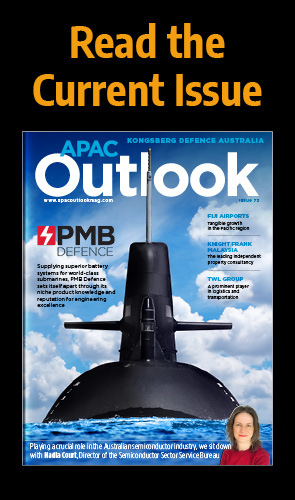MINING FOR A LEGACY WORTH LEAVING
“We have all the experience of a traditional mine, with the innovation and agility of a new-generation business,” introduces Kestrel’s CEO, Shane Hansen.
Acting as a custodian of the landscape, Kestrel causes little surface disturbance to the land itself, aspiring to the same minimal impact as its airborne emblem. A similarly permanent fixture of the region’s community, the Kestrel team thrives together as one, its workers dressed in shirts of the same cobalt blue as the skies in which the bird hovers above.
CUSTODIANS OF CENTRAL QUEENSLAND
As a leading–edge, coking coal company, Kestrel calls on the proud coal mining heritage that defines the Bowen Basin. The Kestrel mine itself has been operating as part of this industrial legacy since 1992, after celebrating its 30th anniversary last year.
The mine can be found approximately 40 kilometres (km) north of the small rural town of Emerald – an industrious outpost that was originally established in 1879 to coincide with the mining boom that ensued when coal deposits were first reported in the basin the previous year.
With the Bowen Basin home to the largest coal reserves in Australia, these legendary, resource-rich lands have continued to provide a veritable treasure trove for the industry over the centuries. Alongside coal mining, the regional economy has evolved from depending on the exploitation of gemstones, to crop cultivation and sheep/cattle raising – both of which are able to thrive in alignment with the industry as evidenced by the Kestrel site, where 96 percent of the surface land is in agricultural use.
Although the mine’s nearest town of Emerald may owe its name to the vibrant grasslands of its surroundings, the sparkling gem is an apt metaphor for the prosperous green future that Kestrel envisions.
“I see a future for metallurgical coal that is both sustainable and profitable,” shares Hansen.
By positioning itself as a sustainable mining company producing high-quality coal destined for steel-making applications around the world, Kestrel champions the transition towards responsible mining that sustains long-term value.
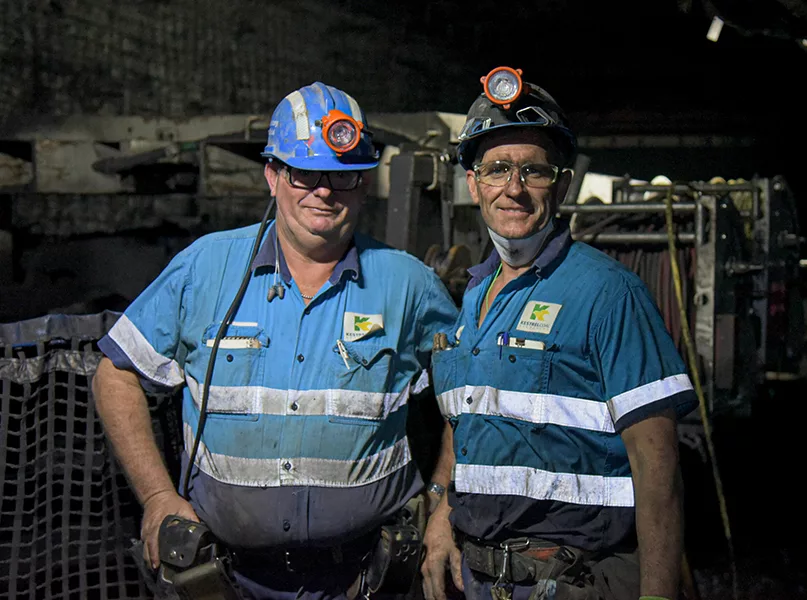
SMALL BUT MIGHTY
Despite having a workforce of 700 people, comprising both employees and contractors on-site, Kestrel’s relatively diminutive size belies its vast impact – both in terms of driving long-term value within the regional community and global output.
Indeed, with approximately 6.5 metric tonnes (MT) of coal produced every year, Kestrel represents one of the world’s largest producing underground metallurgical or coking coal mines.
For Hansen, accomplishments such as this attest to Kestrel’s unwavering ability to perform with the “big players” in the industry.
“We may have the feel of a smaller mining company, but we have consistently demonstrated that we have the capability to play in the big league,” he says. “Being smaller in size is not a limitation for us.”
Kestrel plays its size to its advantage by championing one of its core values – agility – since minimal levels of bureaucracy allow for key decisions to be acted on both swiftly and effectively.
“This agility is invaluable in an industry that is as dynamic and rapidly evolving as ours,” affirms Hansen.
The company combines this agility with the energy and ambition of a young enterprise after it was established to take over the existing Kestrel mine site in 2018. The business was formed as a joint venture (JV) between Kestrel (80 percent) and Mitsui Coal Holdings (20 percent).
As the operating entity, Kestrel has a shared ownership model between the specialist resources private equity manager, EMR Capital (EMR), and one of Indonesia’s largest coal miners, PT Adaro Energy (Adaro), both of whom are keen investors in metallurgical coal.
“We may have the feel of a smaller mining company, but we have consistently demonstrated that we have the capability to play in the big league”
Shane Hansen, CEO, Kestrel Coal Resources
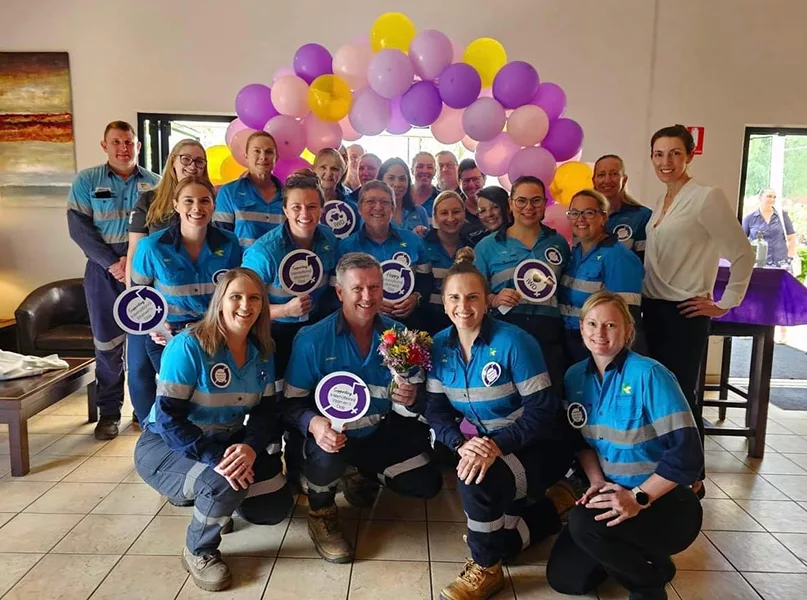
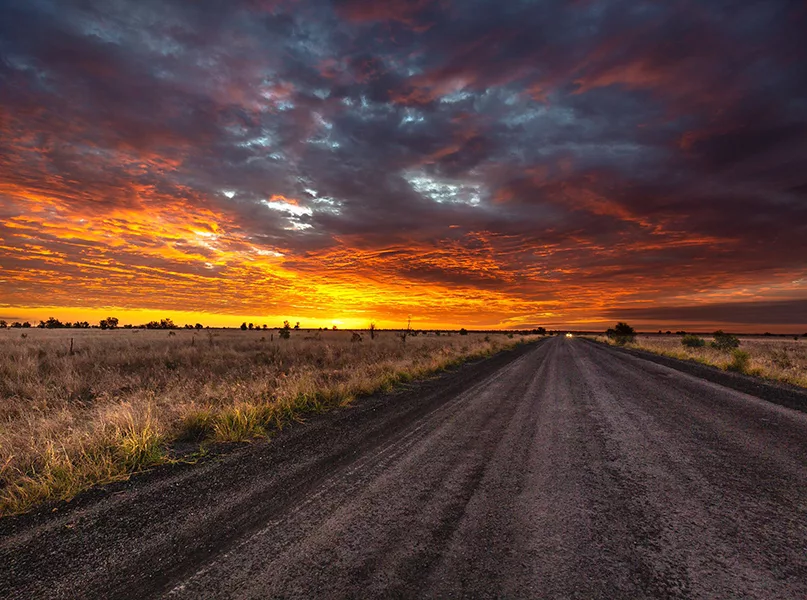
AT THE COALFACE
Digging deep into the Kestrel site, the mine functions as an underground longwall operation along the German Creek seam. This location is the sweet spot for the low ash and high fluidity coal that is Kestrel’s niche product, with the company mining at a depth of 350 metres (m) to 400m along a single seam of 3m in thickness.
The long-life mine site consists of a single longwall, panel extraction, and a coal handling preparation plant (CHPP) where the product is washed using recycled water. Following the mining process, run-of-mine (ROM) coal is transported via a 7km overland conveyor directly to the CHPP.
From here, rail transport provides an indispensable link onwards to Australia’s premier multi-commodity port and Kestrel’s gateway to the world, the Port of Gladstone. It is from this strategic global node that Kestrel’s quality, high-energy coal is shipped to key markets worldwide.
“Our global customers use the coal to produce steel across Asia, India and Europe,” explains Hansen.
Following significant expansion efforts in 2013, the life of the Kestrel mine was extended by 20 years and increased its production capacity to 5.7MT of coking coal per annum. Of this, between 75 to 80 percent of the coal reaches the final product to minimise waste.
Today, Kestrel has an approved life of mine (LOM) until 2033, with reserves to last until 2046. However, as an exciting next step in the company’s development, there is significant potential to increase this even further.
At every level of its processes, the company maintains an unrelenting standard of operational excellence that extends far beyond the core activity of mining itself.
“Our team’s capability covers the entire mining process, from development to extraction and processing, environmental management and sustainable rehabilitation,” he outlines.
KESTREL COAL RESOURCES PARTNERS




